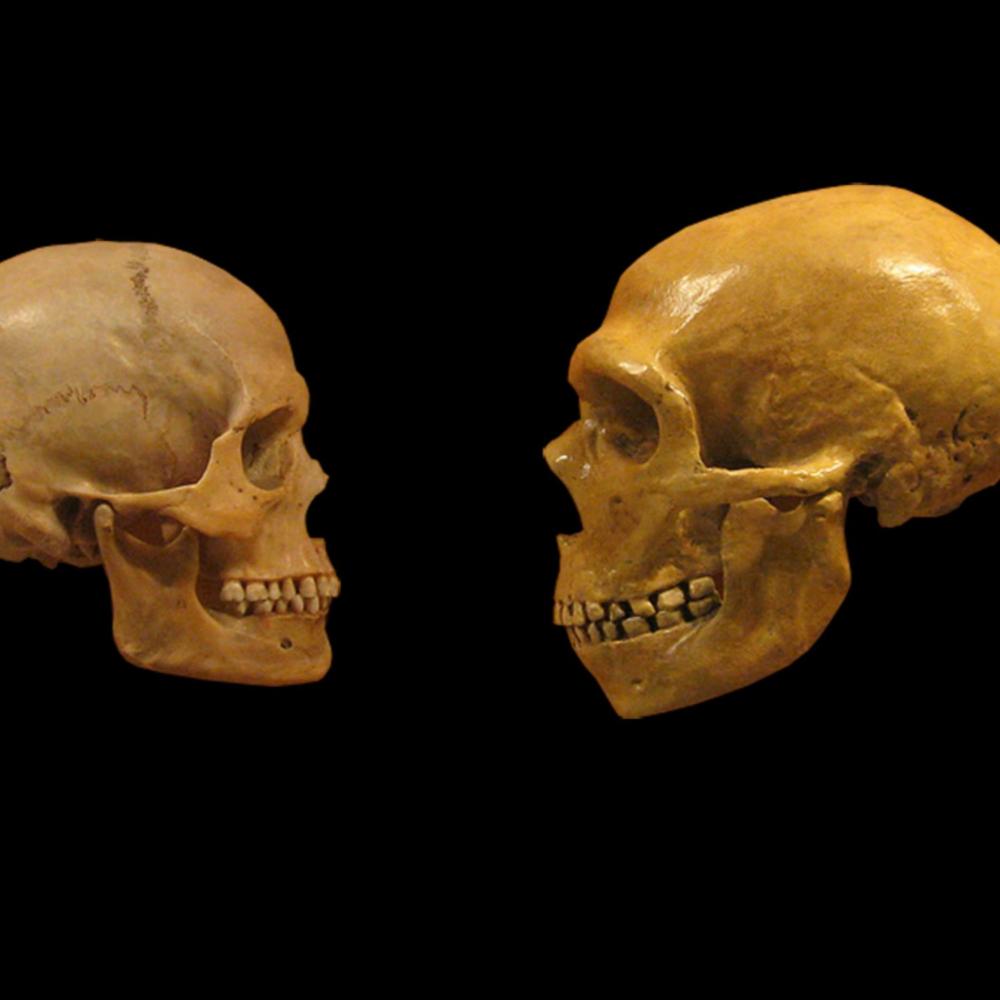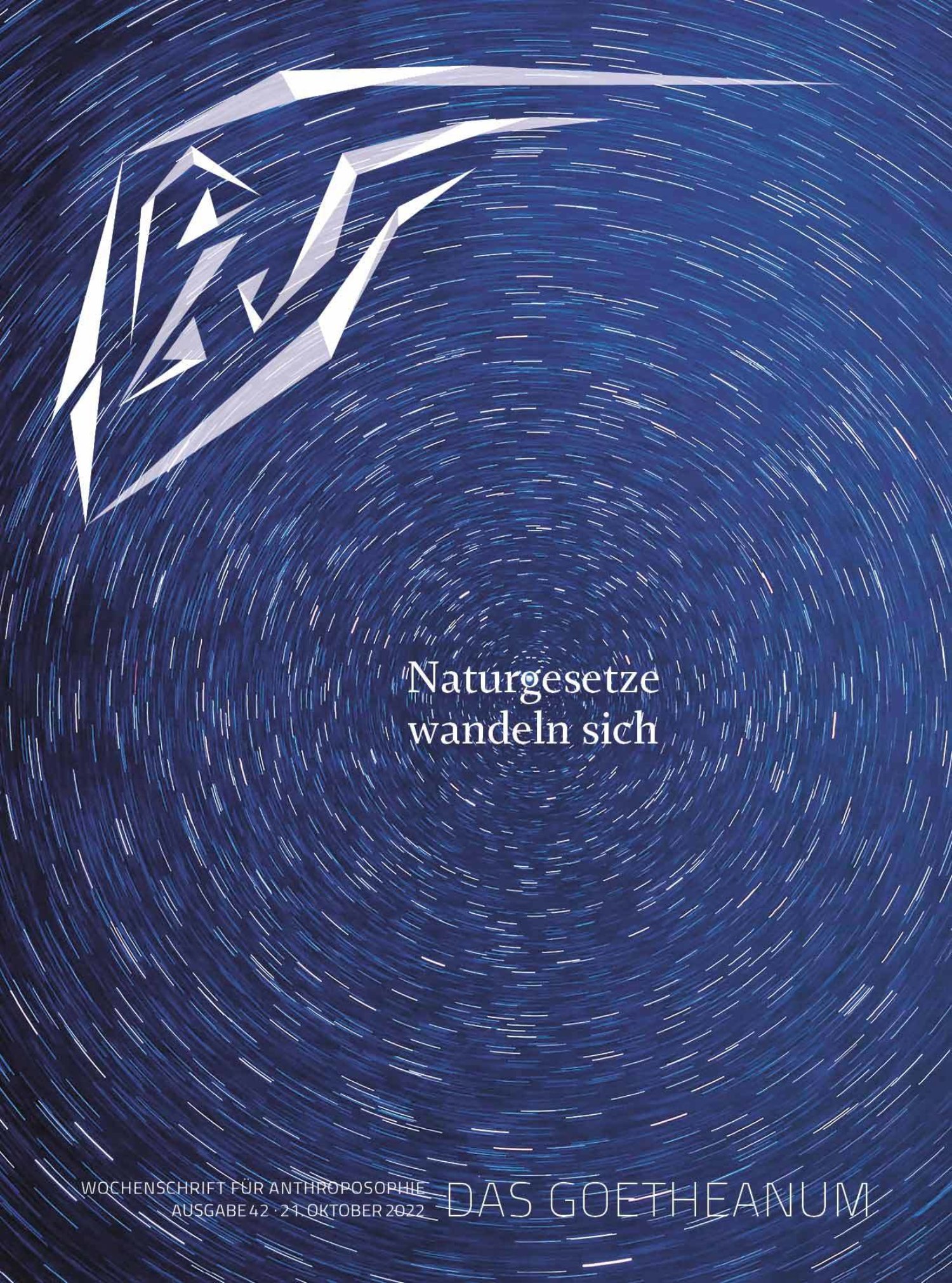Homo Sapiens and Their Companions
It is rare for the Nobel Prize in Medicine to be awarded to someone who is not researching topics with clinically or therapeutically relevant results. Svante Pääbo, a Swedish scientist and director at the MPI in Leipzig, has achieved it. His discoveries have consequences for the Anthroposophical interpretation of the origin of human beings.
Already during his doctorate in the 80s, Svante secretly began isolating and sequencing DNA from an Egyptian mummy. An article published about it in 1985 aroused enthusiasm but also doubts. Pääbo took this as an opportunity to specialize single-handedly in the molecular genetic investigation of DNA from fossil human bones. As he emphasized in an interview, it is not an easy task because dust particles in the air often contain more genetic material than the entire sample – they can lead to extreme contamination. In 1997, Pääbo and his research group attracted worldwide attention by decoding the Neanderthal genome. It turned out that people from Europe and Asia carry two to four percent gene sequences of these human relatives in their chromosomes and that, distributed over the entire Eurasian population, about 50 percent of their genetic material persists in modern humans. Also exciting was the discovery of a third human species that, like Homo sapiens, existed together with Neanderthals for 100,000 years: Homo Denisova. It seems like a jackpot in the lottery that the finger bone of a Denisovan girl could prove that her father was a Homo sapiens, the mother a Homo Neanderthalensis.
Pääbo is not only creative and ingenious but also a gifted team leader and partner in cooperation – the opposite of an alpha male. Not least, for this reason, it was possible to discover genes in the sheer, unmanageable amounts of data that only occur in modern humans and are involved in the biological foundation of language and the development of a giant brain.
The research results also show that the three different subspecies of Homo connected again and again. The definition of populations as a race is – as Pääbo points out – a misguided European construct!
This excerpt comes from an article originally published in the (online exclusive) English Edition of the weekly Newsletter ‹Das Goetheanum›. You can read the full article on the website of 'Das Goetheanum'.
Image Skulls of Homo sapiens (left) and Homo Neanderthal (right) from Cleveland Museum of Natural History. Photo: Dr. Mike Baxter (CC BY-SA) – Translation: Monika Werner


